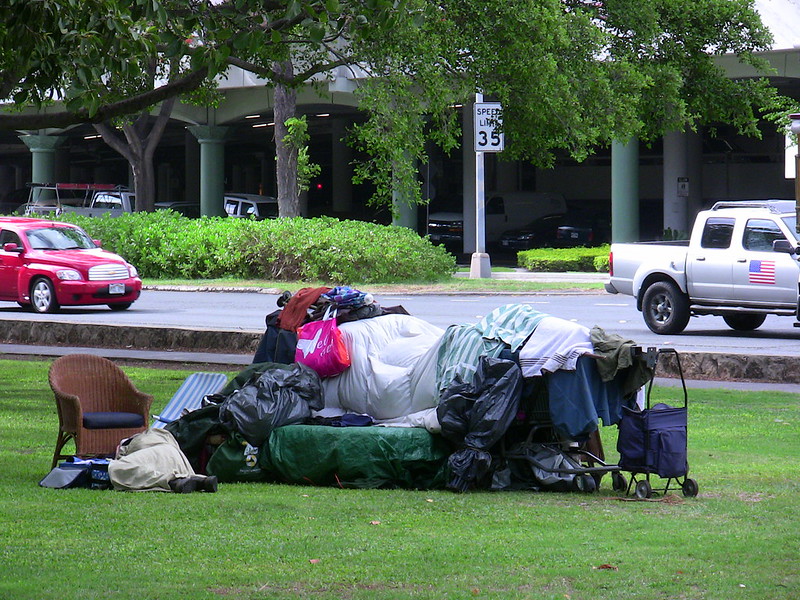 Project Hawaii Inc. is a volunteer-driven nonprofit that supports Hawaiian children and youths suffering from homelessness. Focusing on the three islands that make up Hawaii, it operates multiple programs to help feed, rehome and care for the 23,000 homeless children in the state.
Project Hawaii Inc. is a volunteer-driven nonprofit that supports Hawaiian children and youths suffering from homelessness. Focusing on the three islands that make up Hawaii, it operates multiple programs to help feed, rehome and care for the 23,000 homeless children in the state.
Homelessness In Hawaii
Hawaii’s number of homeless people jumped by more than 12% in 2023, with the state having the third-highest rate of homeless youth staying in unsheltered locations. Connie Mitchell, the executive director for the Institute of Human Services, said to Hawaii News Now, “Chronic homelessness is driven a lot by the fact people can live unsheltered here, number one, I think the other one is that we have a combination of very high rents here and a job market that doesn’t necessarily pay a living wage.”
The minimum wage in Hawaii is $10.20 an hour. However, the wage needed for the average two-bedroom apartment is $25.88 per hour, more than double what most local Hawaiians earn. Combined with environmental factors like the recent Maui fires, more Hawaiian locals sleep on the streets. Indeed, the Maui fires in August of 2023 destroyed nearly 3000 structures and contributed to the already high homeless population. Project Hawaii Inc. relies on public donations and sponsorships to run its programs, which are all rooted in Hawaiian culture and aim to deliver the simple pleasures that homeless people often lack.
Missions
Project Hawaii Inc. runs multiple programs for all children of all ages centering around the core values it holds: Aloha (providing love, compassion and respect to every child), Kuleana (embracing the responsibility to empower and uplift homeless children), ‘Ohana (creating a supporting community), Imua (the commitment to moving forward and improving), Malama (stewardship and care for the community) and Lokahi (the unity and cooperation involved in bringing people together).
Project Hawaii’s programs are holistically designed to impact every aspect that homeless children need help with. With projects ranging from providing essential needs like shelter and food, encouraging the children to participate in sports and helping mothers bond with their children.
Furthermore, the College Dormitory Rehab Project is a block of six rooms that can house up to 13 female college students. It provides centers that can teach skills like cooking, gardening and yoga, helping them build sustainable skills for their future. This project aims to help students who have experienced homelessness further their opportunities by supporting them through college.
On top of that, the Healthy Hearts project encourages homeless children to engage in team sports like football, soccer, baseball and many more. The project started due to the lack of athletic shoes for homeless kids, excluding them from physical education and recess. Providing these shoes and encouraging the children to participate in sports can ensure a healthier lifestyle during their most critical developing years.
Finally, the Mommy and Me program focuses on the mothers impacted by homelessness in Hawaii, helping equip them with nurturing skills that help them connect and aid their baby’s development. The project helps assist struggling mothers and also aims to decrease the delays unsheltered babies often grow up with, helping their speech and motor skills develop for when they enter education.
Summary
Project Hawaii Inc. empowers Hawaii’s homeless children and youth through culturally rooted programs that address immediate needs and foster long-term growth. Driven by volunteers and donor support, the organization creates meaningful change and brighter futures for the state’s most vulnerable populations.
– Caitlin Mulholland
Caitlin is based in Lymington, UK and focuses on Technology and Global Health for The Borgen Project.
Photo: Flickr
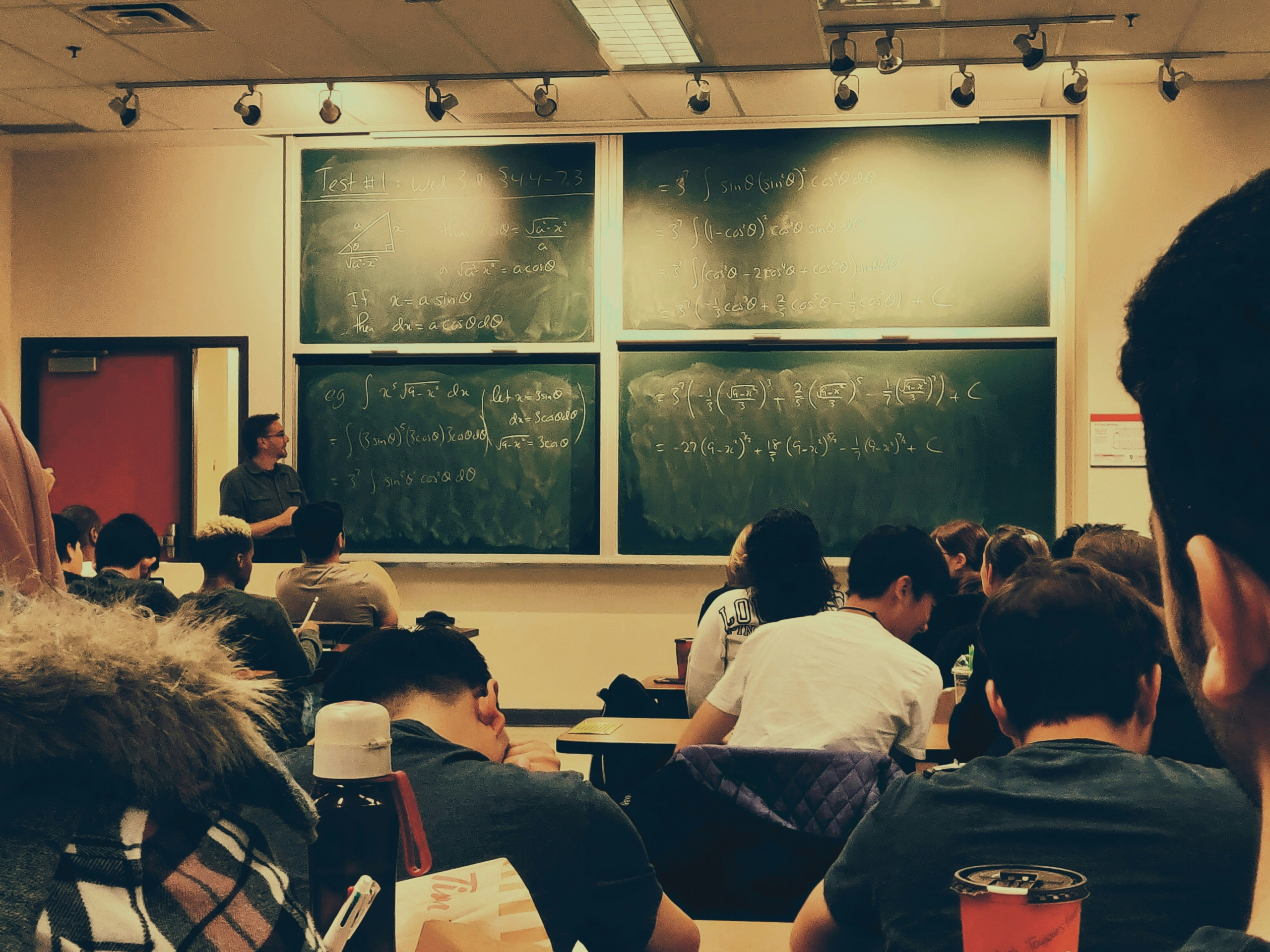
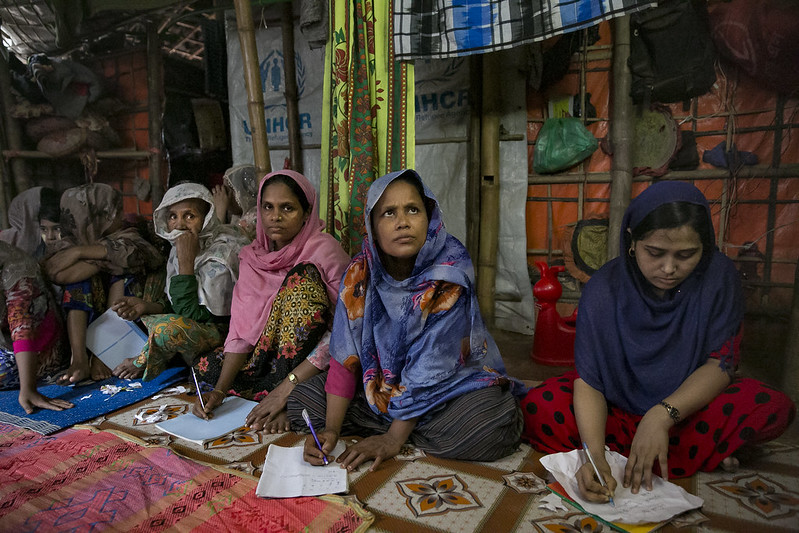
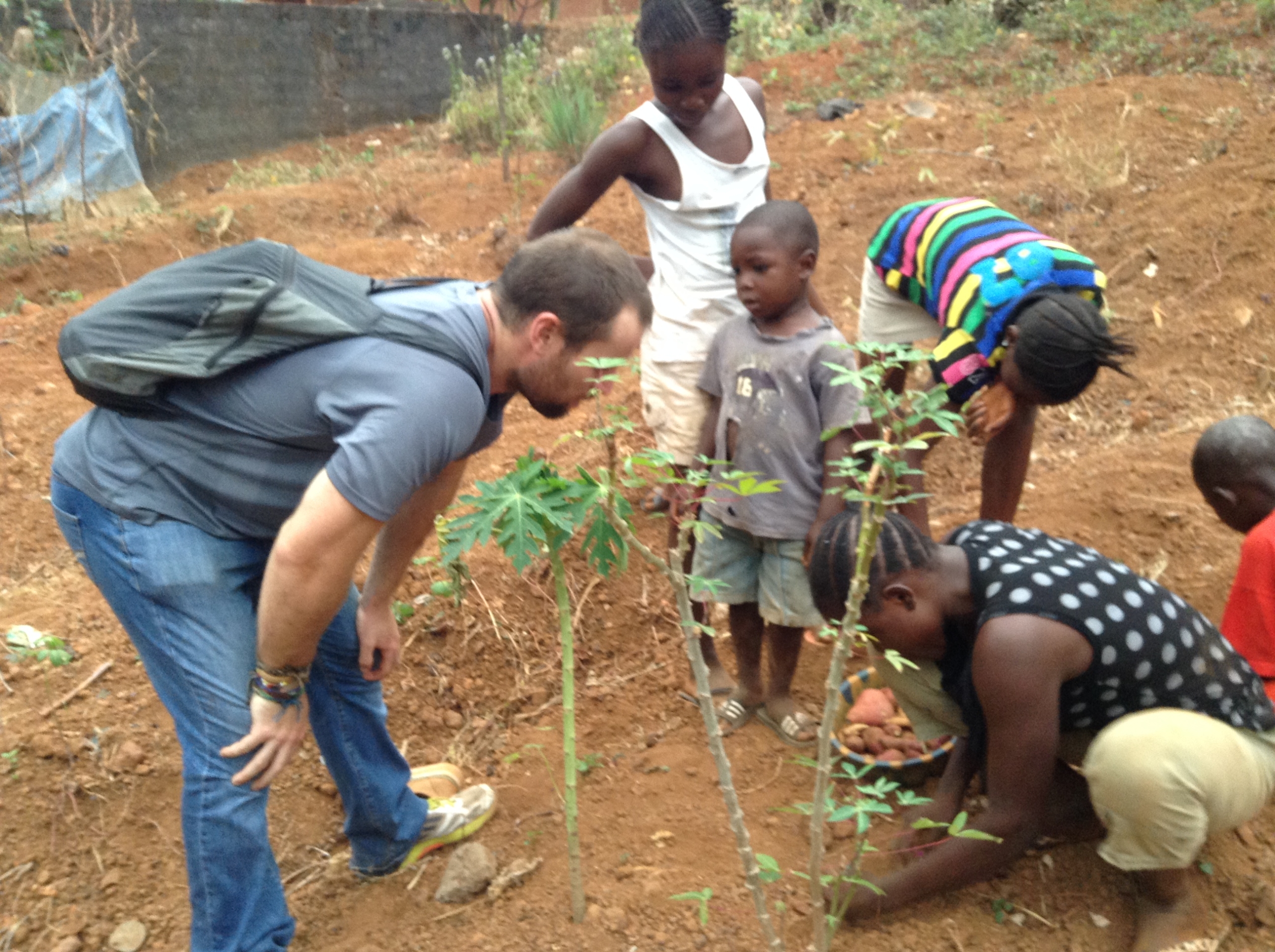

 While traveling abroad is a favorite pastime of college students for the views, food and fun, GIVE Volunteers works to engage travelers for a different reason. This service organization gives young people the opportunity to immerse themselves in the culture of five international destinations where they offer programs. On these trips, volunteers work alongside community members on conservation, restoration and education projects. The Borgen Project spoke to one former volunteer and chapter president, Logan Falk, about her eye-opening experience in Thailand and Laos.
While traveling abroad is a favorite pastime of college students for the views, food and fun, GIVE Volunteers works to engage travelers for a different reason. This service organization gives young people the opportunity to immerse themselves in the culture of five international destinations where they offer programs. On these trips, volunteers work alongside community members on conservation, restoration and education projects. The Borgen Project spoke to one former volunteer and chapter president, Logan Falk, about her eye-opening experience in Thailand and Laos.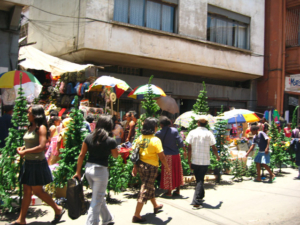 For most of the world, Christmas comes once a year. A day full of red bows and snow glistening in the December sun. Not so for Samaritan’s Purse, a nonprofit headquartered in North Carolina. For them, Christmas is not merely a holiday, but a lifestyle. Operation Christmas Child began as a mom and pop project in the United Kingdom. It quickly grew into a worldwide phenomenon under the umbrella of Samaritan’s Purse. Over 150 countries annually take part in the program. Every year
For most of the world, Christmas comes once a year. A day full of red bows and snow glistening in the December sun. Not so for Samaritan’s Purse, a nonprofit headquartered in North Carolina. For them, Christmas is not merely a holiday, but a lifestyle. Operation Christmas Child began as a mom and pop project in the United Kingdom. It quickly grew into a worldwide phenomenon under the umbrella of Samaritan’s Purse. Over 150 countries annually take part in the program. Every year 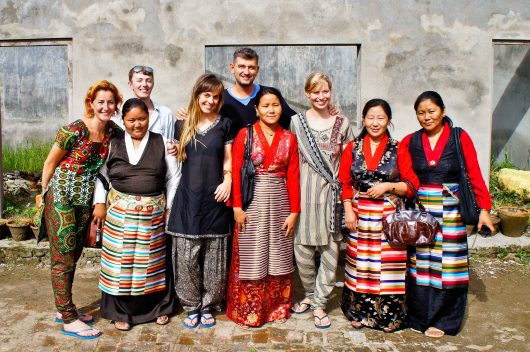

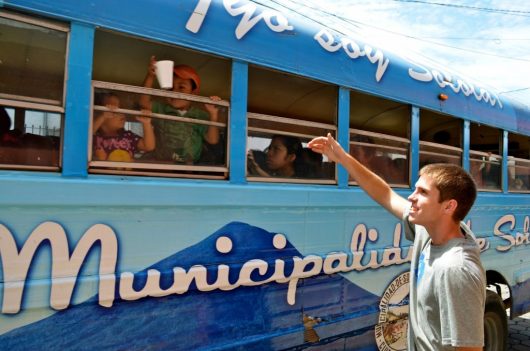 Founded by Greg Van Kirk, the Social Entrepreneur Corps (SEC) diagnoses needs and implements innovations that help marginalized, impoverished and vulnerable families build a better life for themselves.
Founded by Greg Van Kirk, the Social Entrepreneur Corps (SEC) diagnoses needs and implements innovations that help marginalized, impoverished and vulnerable families build a better life for themselves.